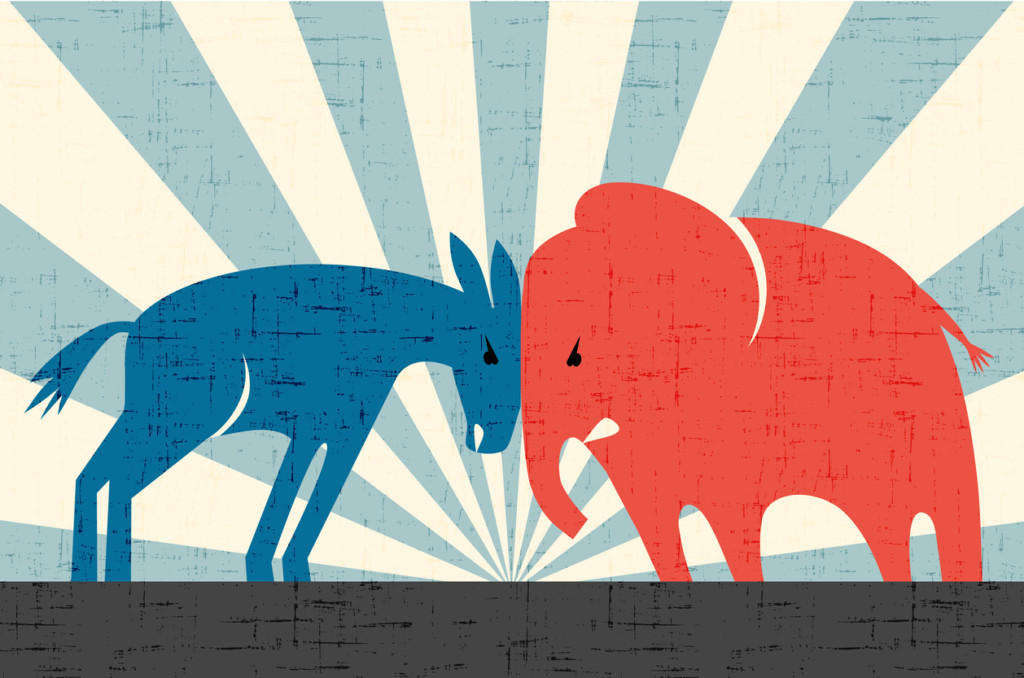
A recent Education Week article noted that former vice president Al Gore called for a tripling in the number of charter schools when he ran for president in 2000. Two decades later, those seeking the Democratic presidential nomination span the gamut from shying away from the topic of charter schools to calling for a national moratorium on them.
In the meantime, the charter school count grew from 1,990 to 7,010 by 2016, with an enrollment growth from 0.4 million to 3 million.

SOURCE: U.S. Department of Education, National Center for Education Statistics, Common Core of Data (CCD), “Public Elementary/Secondary School Universe Survey,” 2000–01 through 2016–17.
How to win friends and influence people: Teacher unions brought $36.1 million to the table during the 2016 election cycle and another $30.3 million in the 2018 cycle. About 95 percent went to Democrats.
The teacher unions have pushed for charter school moratoriums in several states including California, Nevada and Texas. They were even successful in Massachusetts, despite – or perhaps because of – the high-achieving status of the schools.
What’s at stake: Charter schools are free public schools that are privately managed and operated. They tend to work best for low-income and minority students and those in urban settings. Charters employ more racial minorities as teachers than traditional public schools. Perhaps not surprisingly, black and Hispanic voters are far more likely to have a favorable few of charter schools than white Democrats.
Watch out for the swing vote: The Iowa Caucus may see loud opposition as the state has just two charter schools, but that could prove detrimental in the long-run. Democrats may have to come back to the middle for the general election as swing states Florida, Michigan and Arizona have large charter school populations. A perceived anti-school choice platform (real or not) may have been just enough to cost Andrew Gillum the gubernatorial election in Florida in 2018.
Too cool for school: The article includes a great info graphic of political party platforms on charter schools and school choice going back to 1992. That alone is enough reason to click the link.


